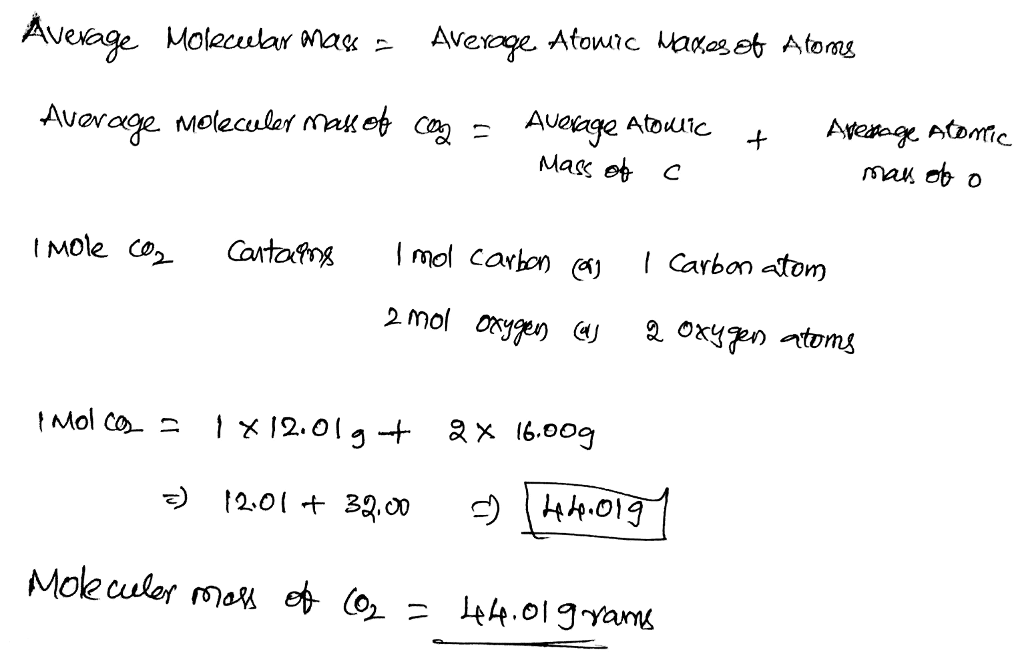

SO2 gives a weak acid solution when dissolved in water. It is a colorless, toxic, inorganic gas with a pungent smell like nitric acid. SO2 (Sulfur dioxide) is the entity of a bond between sulfur and oxygen atoms. They are found in the outermost electron shell of atoms and can be identified by drawing lewis structure. They are also called lone pairs of electrons. Unbonded pairs of electrons are unshared valence electrons.
The valence electrons of oxygen in SO2 are 6. The three pairs of bonding electrons are arranged in the plane at an angle of 120 degrees. The molecular geometry of SO 2 is a trigonal planner. The total number of SO2 valence electrons is 12. The number of valence electrons in both S and O atoms is six. SO2 Lewis structure would be comprised of two atoms of oxygen (O) and one sulfur atom. More Interesting Topics Molar Mass of Acetic Acid| Easy-Explanation Concentration Gradient Definition Sodium Phosphate – Formula, Structure, Types, and Uses Sulfurous Acid| Formula & Lewis Structure Valence Electrons in Nitrogen What is the Molar Mass of Nitrogen? Frequently Asked Questions (FAQs) 1. There are four lone electron pairs in the oxygen molecule. O2 is a nonpolar molecule with linear geometry. The bond angle is 180 degrees, and there are 12 valence electrons. In the O2 Lewis structure, two oxygen atoms are connected together with a double bond. The O2 molar mass is 32 grams per mole. To summarize everything in this article, the following are some important points: However, burning occurs only when the mixture of fuel and oxygen is sufficiently heated. Burning requires the presence of oxygen. It is paramagnetic in nature and has two oxidation states. It is sparingly soluble in water and does not react with water. Silica, which is found in flint quartz, contains more than 50% oxygen. Calcium carbonate, which occurs in chalk and limestone marble, contains 48% oxygen. Water contains nearly 89% of combined oxygen. It is a gas at room temperature, and about 1/4 of the atmosphere by weight consists of oxygen. Respiration, the process of transferring energy from glucose to cells, requires oxygen. Oxygen comprises about 50% of the earth’s crust. It has two oxygen atoms in each of its molecules. At room temperature, oxygen is a non-metal element that exists as a gas. Since neither atom pulls harder, it’s a non-polar covalent bond. 
Equal electronegativity indicates that each element has no partial charges. The four electrons that make up the double bond between the oxygen atoms in the O2 molecule are shared equally by both of them.
Oxygen has two allotropic forms, O2 and O3. O2 is a colorless, odorless, and tasteless gas. In the O2 Lewis structure, there is a double bond between two oxygen atoms. 

Oxygen is in Group VI of the periodic table, so oxygen has six valence electrons, two in the 2s subshell and four in the 2p subshell. Oxygen is a diatomic molecule with linear molecular geometry and 180-degree bond angles.īoth oxygen atoms in the O2 molecule have identical electronegativity, and both atoms share equal ratios of bound shared electrons, resulting in a nonpolar molecule. No of Valence Electrons in the O2 molecule








 0 kommentar(er)
0 kommentar(er)
